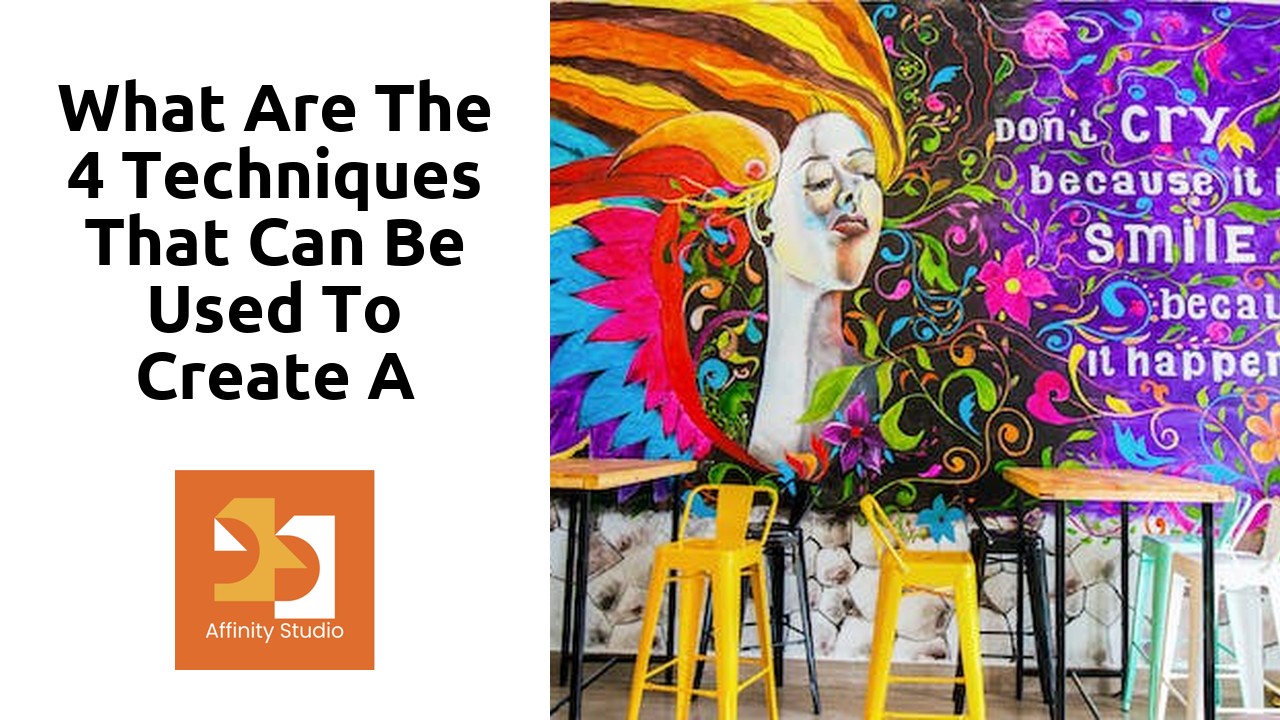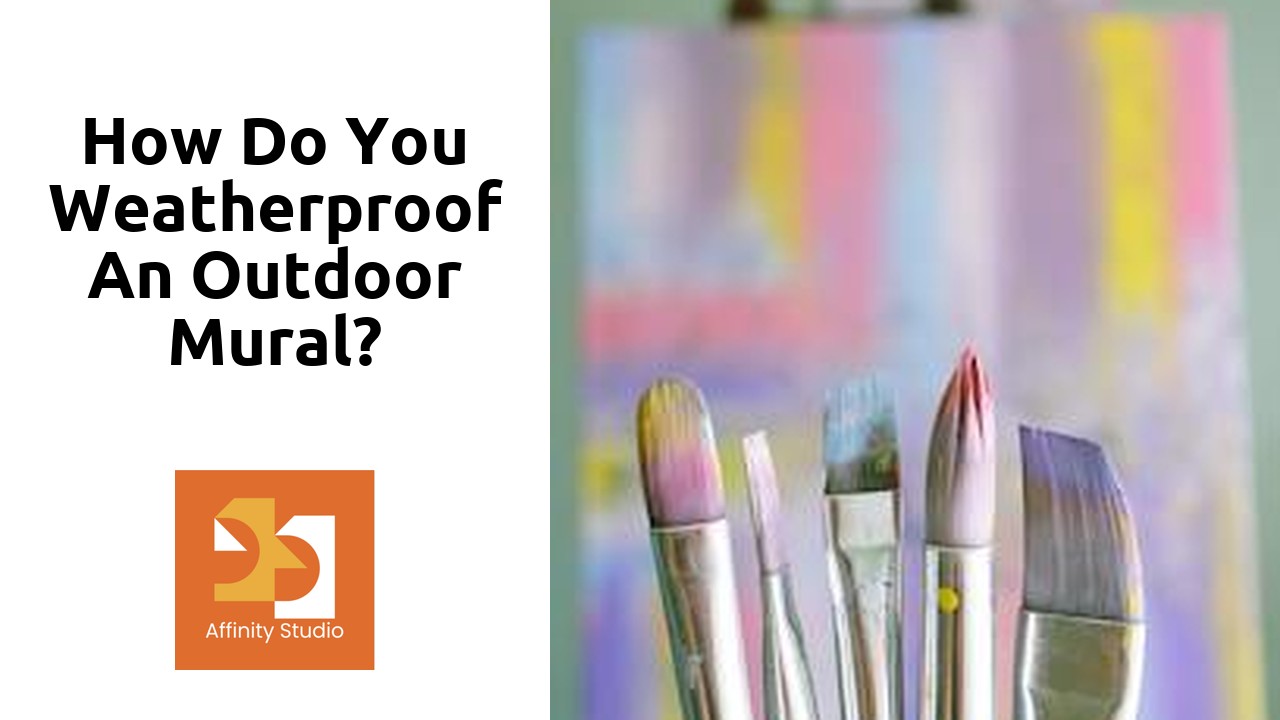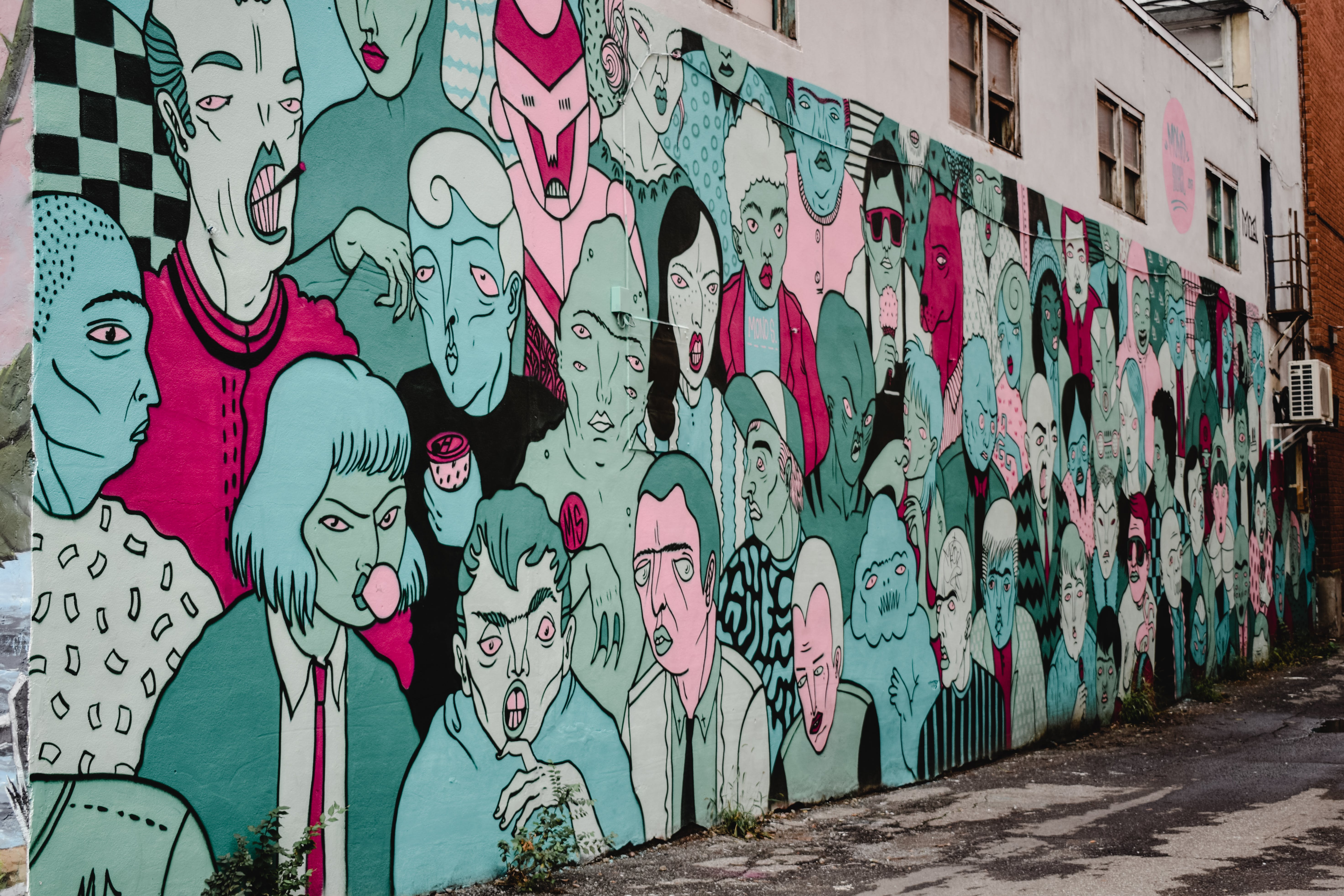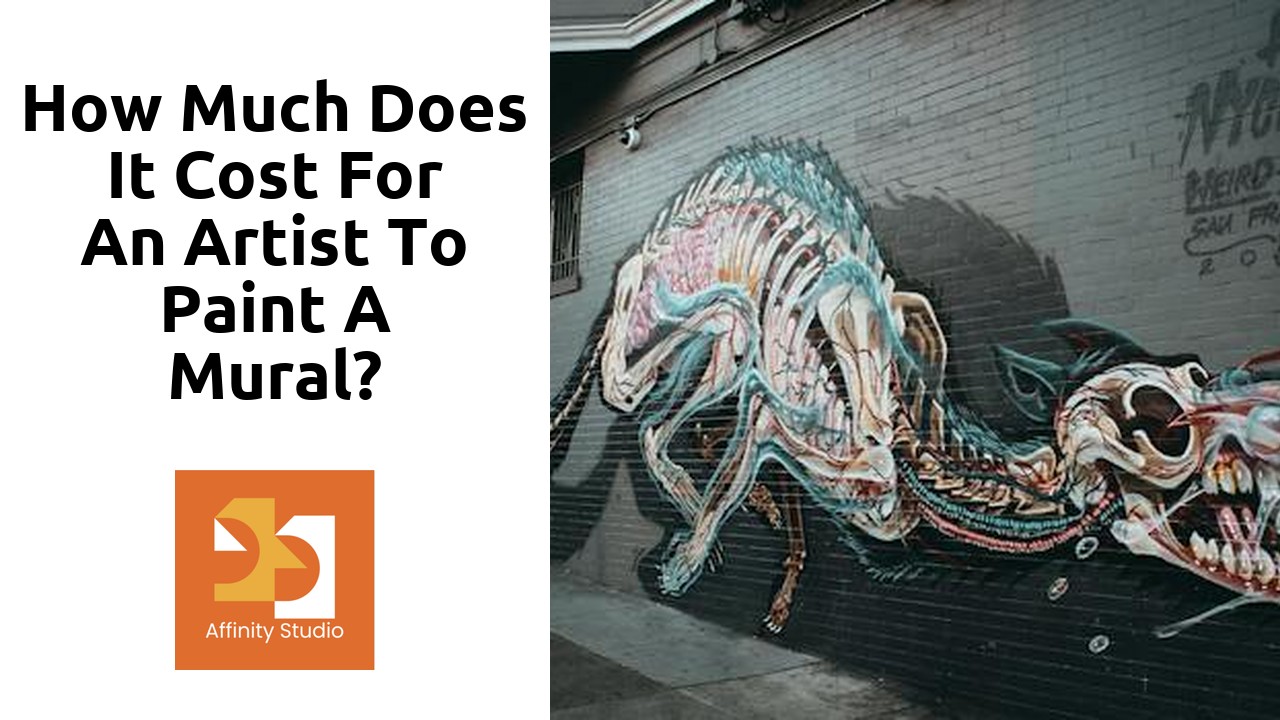Table Of Contents
Unleashing Your Creativity: Exploring Mural Creation Techniques
Creating a mural is an exciting way to express your creativity and make a bold statement. There are several techniques that can be employed to bring your mural to life. One technique is known as the “brush and roll” method, where a combination of brushes and rollers are used to apply paint to the wall. This allows for a blend of bold strokes and smooth transitions, giving the mural depth and dimension. Another technique is known as “stenciling,” which involves using pre-cut stencils to create detailed and intricate designs. Stenciling is particularly useful for creating repetitive patterns or adding finer details to the mural.
Here is a great resource for anyone looking to expand on this topic.
Mastering the Art of Mural Making: Essential Techniques Revealed
Creating a mural is a highly creative and visually impactful form of artistic expression. To master the art of mural making, there are several essential techniques that can be employed to bring your vision to life. The first technique is proper surface preparation. Before you start painting, it is crucial to ensure that the surface is clean, smooth, and free from any imperfections. This will provide a solid foundation for your mural and help the paint adhere properly. Next, consider using a grid system. By dividing your design into a grid, you can easily transfer your concept onto a larger scale. This technique allows for greater precision and accuracy, especially when working on a large surface area. Additionally, using a grid system helps you maintain proper proportions and perspective in your mural.
Another essential technique for mastering mural making is color blending. This involves blending two or more colors together to create seamless transitions and gradients. By practicing different blending techniques, such as layering and dry brushing, you can achieve the desired look and add depth and dimension to your mural. Additionally, it is crucial to understand the concept of light and shadow. By incorporating highlights and shading in your mural, you can create a sense of realism and bring your artwork to life. This technique adds depth and dimension and enhances the overall visual impact of your mural.
From Concept to Creation: Unveiling the Secrets of Mural Design
Mural design is the first crucial step in the process of creating a stunning and impactful mural. It begins with an idea or concept that will serve as the foundation for the entire artwork. The concept should be carefully thought out and aligned with the purpose of the mural, whether it is to beautify a space, convey a message, or tell a story. The design should capture the essence of the intended message or theme and should be visually appealing and engaging to the viewer.
Once the concept is defined, the next step in mural design is sketching. Sketching allows the artist to transfer their ideas onto paper and begin to visualize how the mural will come to life. It is an opportunity to experiment with different compositions, explore various perspectives, and refine the overall design. The sketching phase is crucial in ensuring that the final mural design meets the artist’s vision and communicates the intended message effectively. With a solid concept and a detailed sketch, the artist is now ready to move on to the next stage of mural creation.
Brushing Up Your Skills: Techniques for Crafting Stunning Murals
When it comes to crafting stunning murals, having the right techniques can make all the difference. One technique that is often utilized is called trompe l’oeil, which translates to “trick the eye” in French. This technique involves creating a hyper-realistic illusion that can fool viewers into believing they are seeing a three-dimensional object or scene. Artists skilled in trompe l’oeil can create murals that seem to pop off the wall, adding depth and intrigue to any space. By mastering this technique, muralists can enhance the visual impact of their creations and captivate those who encounter their art.
Another technique that can elevate the artistry of murals is the use of stencils. Stencils allow artists to create intricate designs with precision and consistency. By cutting out specific shapes or patterns on a stencil and applying paint or other media through it, muralists can achieve clean lines and crisp details. This technique is particularly useful when working on large-scale murals, as it helps streamline the process and ensures uniformity in the final artwork. With the use of stencils, artists can bring complex designs to life and achieve a polished, professional look in their murals.
Breaking Boundaries: Innovative Approaches to Mural Creation
When it comes to creating murals, artists are constantly finding new and innovative approaches to break the boundaries of traditional mural creation. One technique that has gained popularity is the use of mixed media. By combining various materials such as paint, collage, and even found objects, artists are able to create visually striking and multi-dimensional murals. This unique approach allows for a more dynamic and textured final result, adding depth and complexity to the artwork.
Another innovative technique that artists are using to push the boundaries of mural creation is projection mapping. This technique involves projecting images or videos onto the surface of a building or wall and using the projection as a guide for painting the mural. This allows for greater precision and accuracy in the creation of intricate designs and details. Projection mapping also opens up new opportunities for experimentation and interactivity, as artists can create murals that change and transform over time, creating a dynamic and engaging viewer experience.
The Magic Behind Murals: Unlocking the Techniques of Visual Storytelling
When it comes to creating a mural, visual storytelling is key. By utilizing various techniques, artists have the power to convey emotions, tell stories, and captivate audiences through their artwork. One technique that is often employed is the use of vibrant colors and bold shapes. These elements can grab the viewer’s attention and create a sense of visual impact. Additionally, artists can use perspective to create depth and dimension in their murals. Through careful placement and scaling of objects, they can give the illusion of distance, ultimately pulling the viewer into the scene. By skillfully blending these techniques, artists can create visually stunning murals that leave a lasting impression on viewers.
FAQS
What are the 4 techniques that can be used to create a mural?
The 4 techniques that can be used to create a mural are stencil painting, mosaic, trompe-l’oeil, and graffiti.
What is stencil painting?
Stencil painting is a technique where a pre-cut stencil is used to create a design on a surface. Paint is applied over the stencil, leaving the desired image on the wall.
What is mosaic?
Mosaic is a technique where small pieces of glass, ceramic, or stone are arranged to create a larger image or pattern. These pieces are then affixed to a surface using adhesive.
What is trompe-l’oeil?
Trompe-l’oeil is a technique that creates a realistic optical illusion, making objects appear three-dimensional on a flat surface. It often involves the use of shading and perspective to achieve the desired effect.
What is graffiti?
Graffiti is a technique that involves the use of spray paint or other marking tools to create images or text on walls or other surfaces. It is often associated with urban street art.
Are these techniques suitable for both indoor and outdoor murals?
Yes, these techniques can be used for both indoor and outdoor murals. However, some techniques, such as graffiti, are more commonly associated with outdoor murals.




